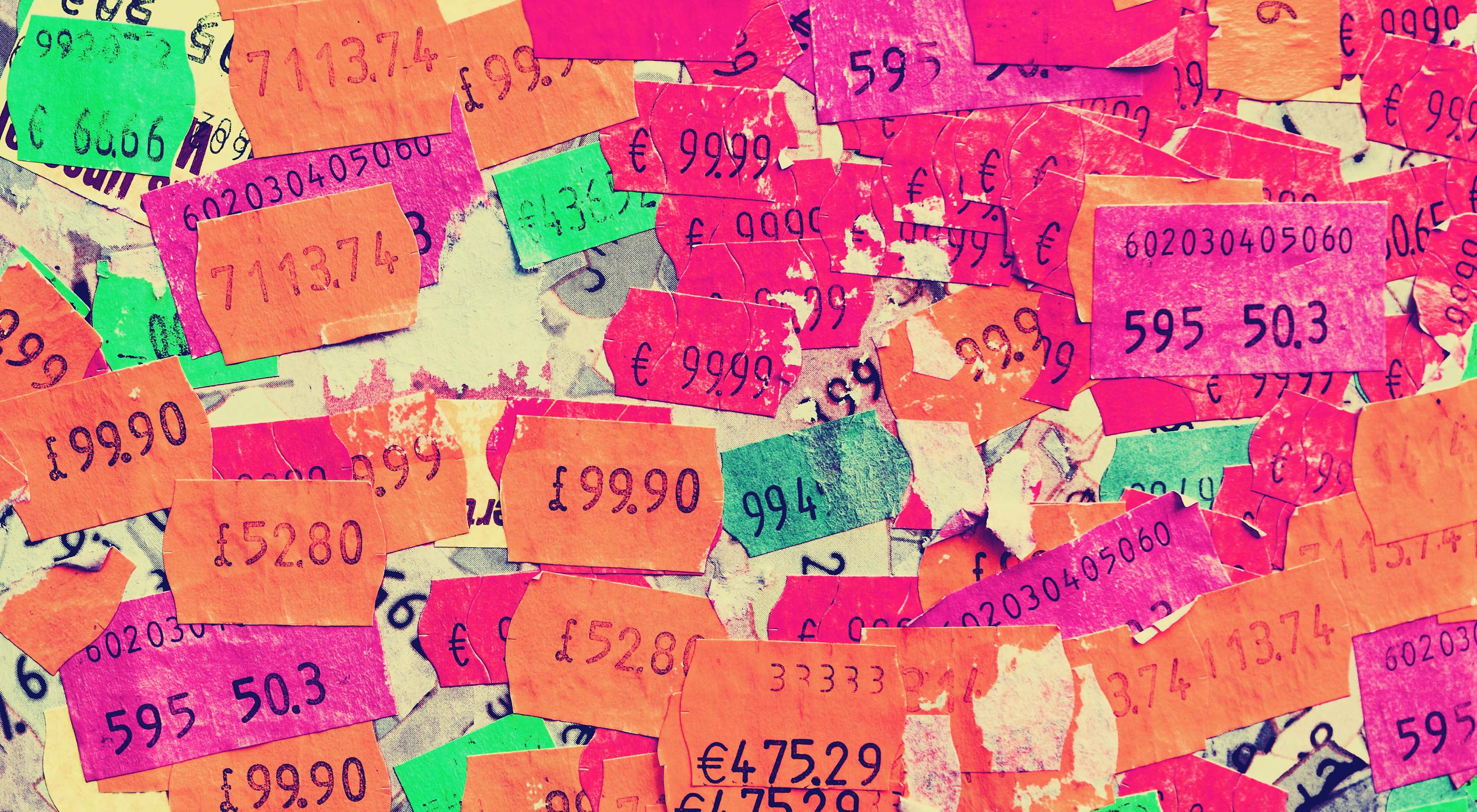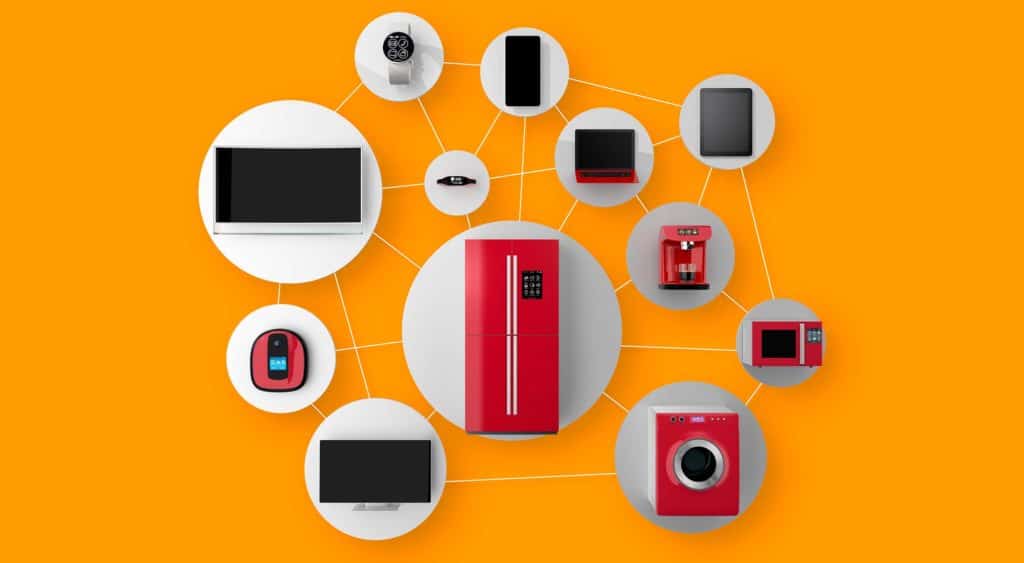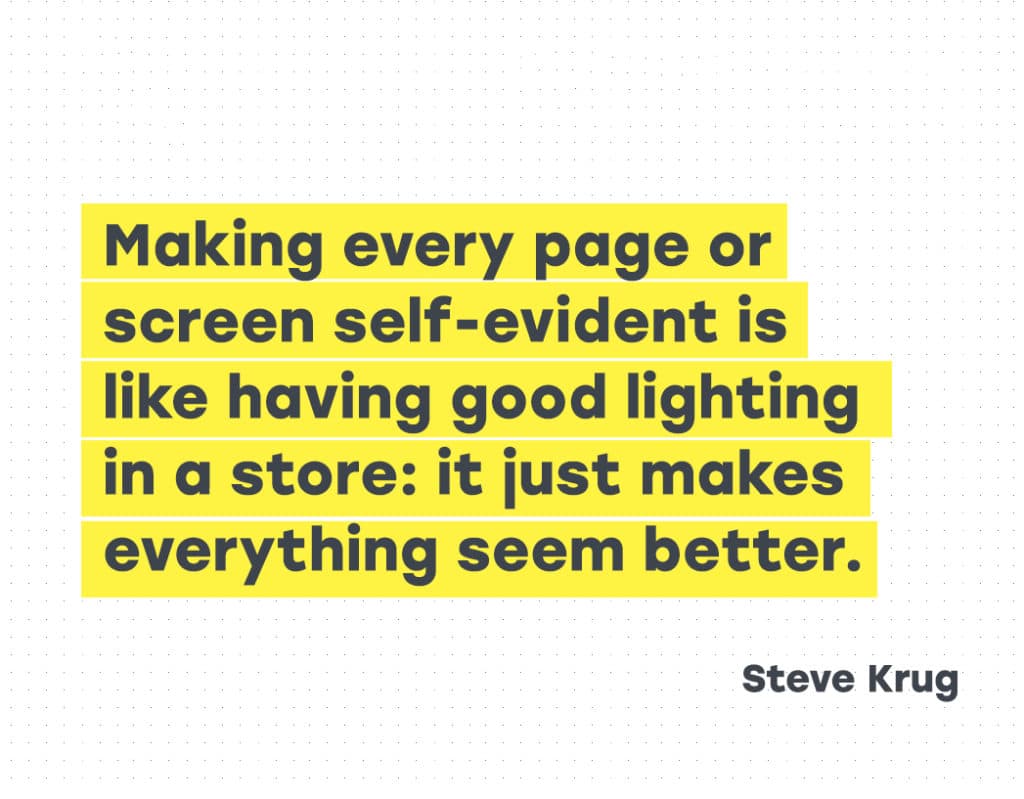As humans, we tend to rely heavily on one piece of information when we make decisions. We often anchor on the first piece of information we are introduced to and judge all subsequently received information in relation to it.
The first piece of information offered automatically becomes the anchor, from which subsequent judgements are made. Anchoring is the persuasive practice of creating a reference point around which we as designers want all other information to be judged and compared to.
Anchoring in the Real World
Do this test at home: Find 3 bowls. Fill one bowl with cold water, the second with hot water and third one with lukewarm water. Now, stick one hand in the cold water and the other one in the hot water and keep them there for 30 seconds or so. Now put both of your hands into the lukewarm bowl. What you will feel now is that one hand will feel the water is warm, the other one that it’s cold.
“Nothing is cheap or expensive by itself, cost is always relative.”
It’s about the contrast. The same principle applies to price and other comparisons. Nothing is cheap or expensive by itself, cost is always relative. So how can we establish a comparison that makes your price seem cheap?
Once you’ve seen a 150 dollar burger on the menu, 50 dollars sounds reasonable for a steak. What’s the best way to sell a 2,000 dollar wristwatch? Right next to a 12,000 dollar watch. 4 dollars seem expensive for a beer in a run down grocery store, but cheap at a luxury hotel. This mental process has a name. It’s called anchoring & adjustment.
How Anchoring & Adjustment Works
Within milliseconds, we evaluate a price, as either high or low. So how do we determine whether a price is high or low? The obvious answer is that it depends on the context and situation. While that is true, it is probably not entirely in the way, you think it does.
We tend to go through a standard process, when we make a determination whether something is cheap or expensive. When seeing a price, people either consciously or subconsciously generate a reference price; the reference point, from which subsequent judgements are made and the price people would expect to pay for a specific product; the anchor.
The reference price is based on a combination of factors such as past purchases, the prices of your competitors products, and the time and place.
“we gladly accept more expensive beer prices at a fancy night club at 1 AM than we would accept at an outlaw hillbilly saloon”
For example, we gladly accept more expensive beer prices at a fancy night club at 1 AM than we would accept at an outlaw hillbilly saloon.
If a product is more expensive than the reference price, then people will perceive the price of the product to be high. Similarly, if a product is cheaper than the reference price, then people will perceive the price as being low.
It seems like a very simple and very intuitive process. And it is, for the most part, but once we start breaking down the adjustment process, you will notice several opportunities. In particular, there are three places where you can make your price seem lower than if you think anchoring and adjustment into your game plan:
- How your price is perceived as consumers generate their reference price
- How the reference price is perceived as consumers pull your price into comparison with their reference price
- In the actual comparison as consumers examine the gap between your price and the reference price
Let’s examine all three:
1. Maximizing the Generated Reference Price
One strategy is to try to maximize the reference price customers generate to begin with. If your goal is to reframe the reference price people generate toward a higher numerical value, you can follow one of these two strategies:
- initiate negotiations with a high number;
- pricing your new offer lower than the old.
INITIATE NEGOTIATIONS WITH A HIGH NUMBER
If you are negotiating, it makes sense for sellers to initiate by setting a high anchor. By setting a high price as anchor point, the likelihood of the final settled price being closer to that range is higher.






